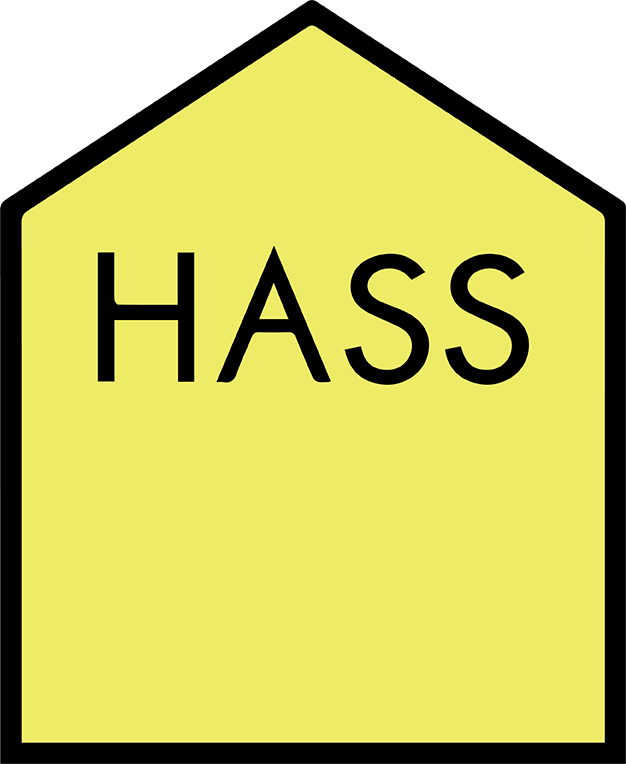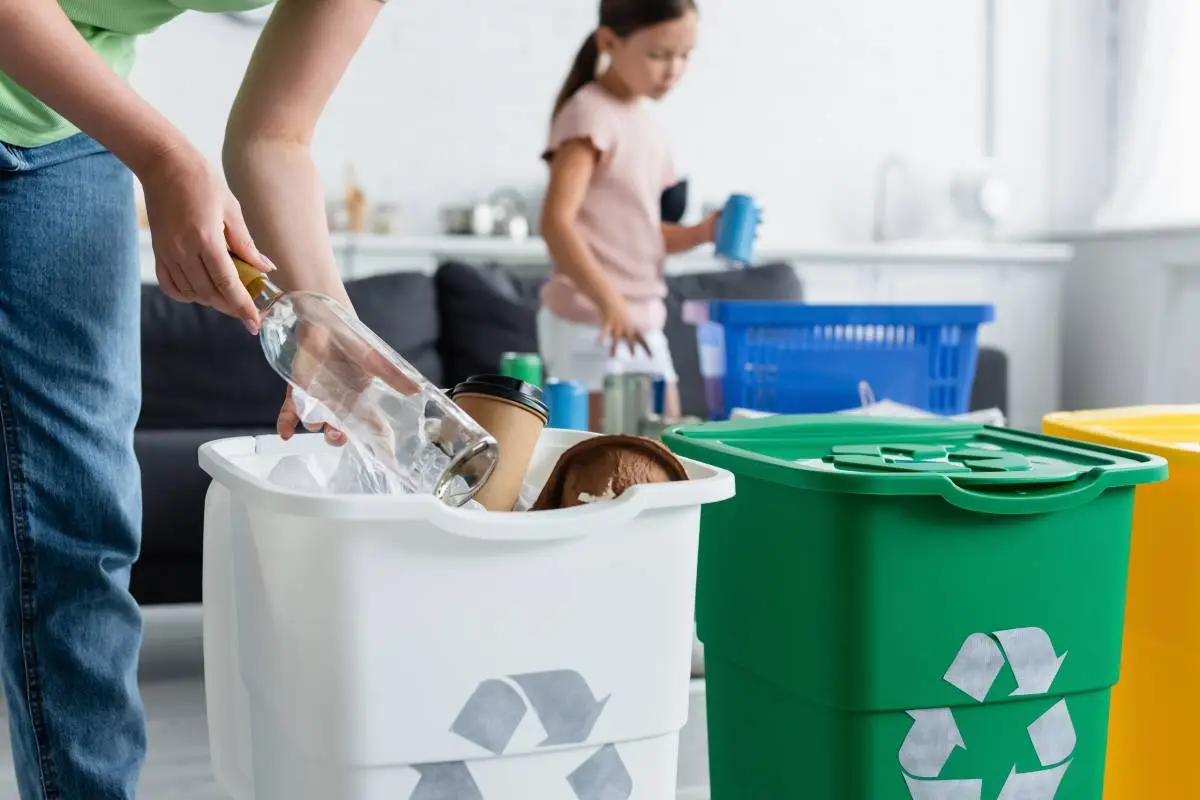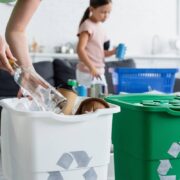Waste generation is an inevitable part of human activity, whether in households, businesses, or industries. As global populations rise and consumption increases, the way we handle waste becomes more crucial than ever.
One essential practice that helps manage this growing problem is waste separation at the source—the act of sorting waste into categories like recyclables, organics, and general waste before it leaves homes, offices, or facilities.
Unfortunately, many regions still struggle with enforcing or adopting this practice. So, why is waste separation at the source so important? And what happens if we fail to separate our waste correctly? Let’s explore the answers in detail.
What Is Waste Separation at the Source?
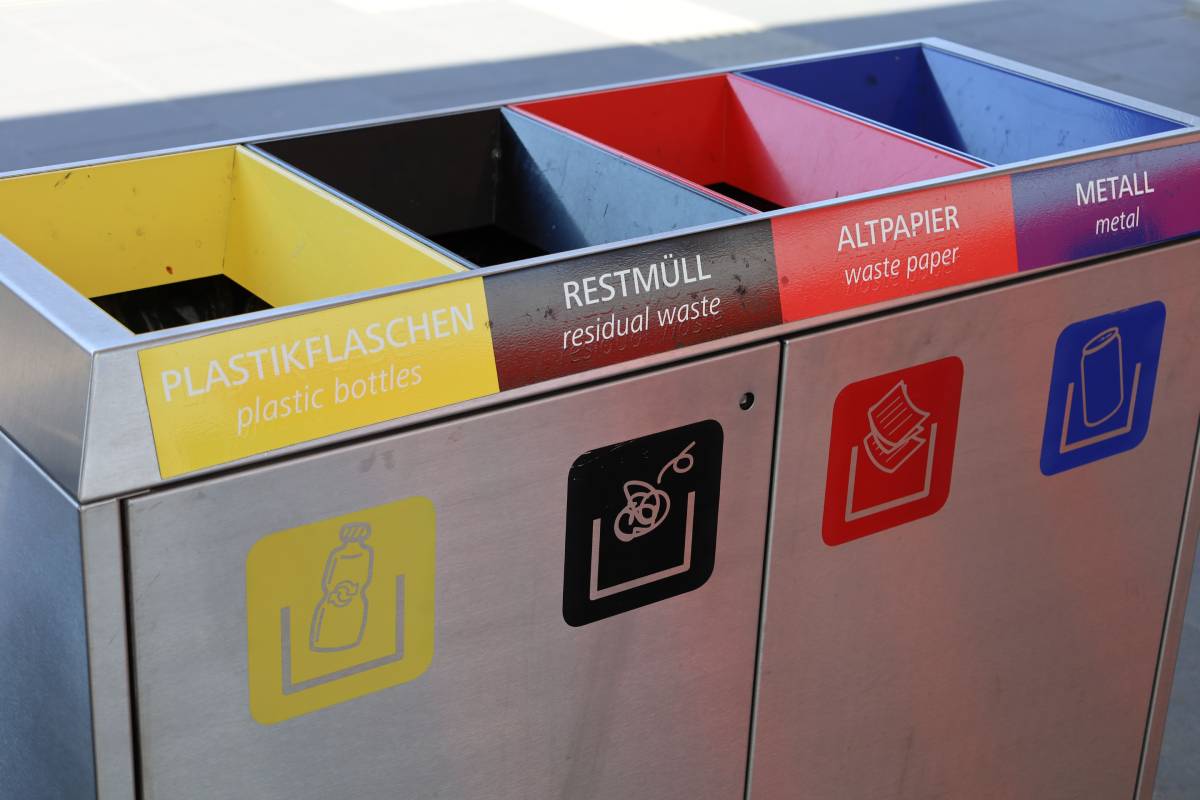
Waste separation at the source involves categorising waste materials at the point of generation. That means individuals or businesses sort their waste into various bins or containers, usually separated into:
- Recyclables (paper, cardboard, plastic, glass, metal)
- Organic waste (food scraps, garden waste)
- General waste (non-recyclable items, contaminated materials)
- Hazardous waste (batteries, chemicals, e-waste)
Instead of tossing everything into a single bin, source separation makes it easier to manage, treat, recycle, or dispose of each type of waste appropriately.
Why Is Waste Separation at the Source Important?
1. Maximises Recycling Efficiency
When waste is separated properly, recyclable materials are cleaner and more likely to be reused. For example, if food waste is mixed with paper or plastic, it contaminates these materials, making them unsuitable for recycling. By keeping recyclables clean and separate from organic or hazardous materials, we enable recycling facilities to operate more efficiently and increase recovery rates.
2. Reduces Landfill Usage
Source-separated waste helps divert a significant amount of material away from landfills. Organic waste, which accounts for up to 30–50% of household waste in many countries, can be composted instead of buried. Similarly, proper separation can ensure that plastics, metals, and glass are recycled rather than dumped in ever-growing landfill sites.
Fewer landfills mean:
- Less methane gas released (a powerful greenhouse gas)
- Reduced soil and water pollution
- More land preserved for agriculture or nature
3. Lowers Waste Management Costs
Treating mixed waste is expensive. Waste collection, sorting, and disposal are more complex and labour-intensive when everything is jumbled together. On the other hand, if waste is pre-sorted by individuals and businesses, waste collection becomes more straightforward and cost-effective. Municipalities and private waste companies save money, and those savings can be reinvested into better waste infrastructure or public services.
4. Improves Public Health and Safety
Hazardous waste—like batteries, paint, chemicals, and e-waste—must be handled with care. If mixed with general or organic waste, they pose a serious risk to sanitation workers and the environment. Source separation helps ensure that these dangerous materials are treated in specialised facilities, reducing risks of contamination, toxic exposure, or fires at waste processing centres.
5. Enables Composting and Organic Waste Recovery
When organic waste is separated at the source, it can be turned into compost, biofuel, or other useful products. Composting not only reduces landfill waste but also returns valuable nutrients to the soil, supporting agriculture and reducing the need for chemical fertilisers.
In contrast, organic waste that ends up in landfills decomposes without oxygen, releasing methane, a greenhouse gas 25 times more potent than carbon dioxide.
6. Encourages Environmental Awareness
Practising waste separation teaches individuals and communities to think critically about their consumption patterns. It fosters a culture of environmental responsibility and helps people make more sustainable choices—such as reducing single-use plastics, reusing containers, or composting at home.
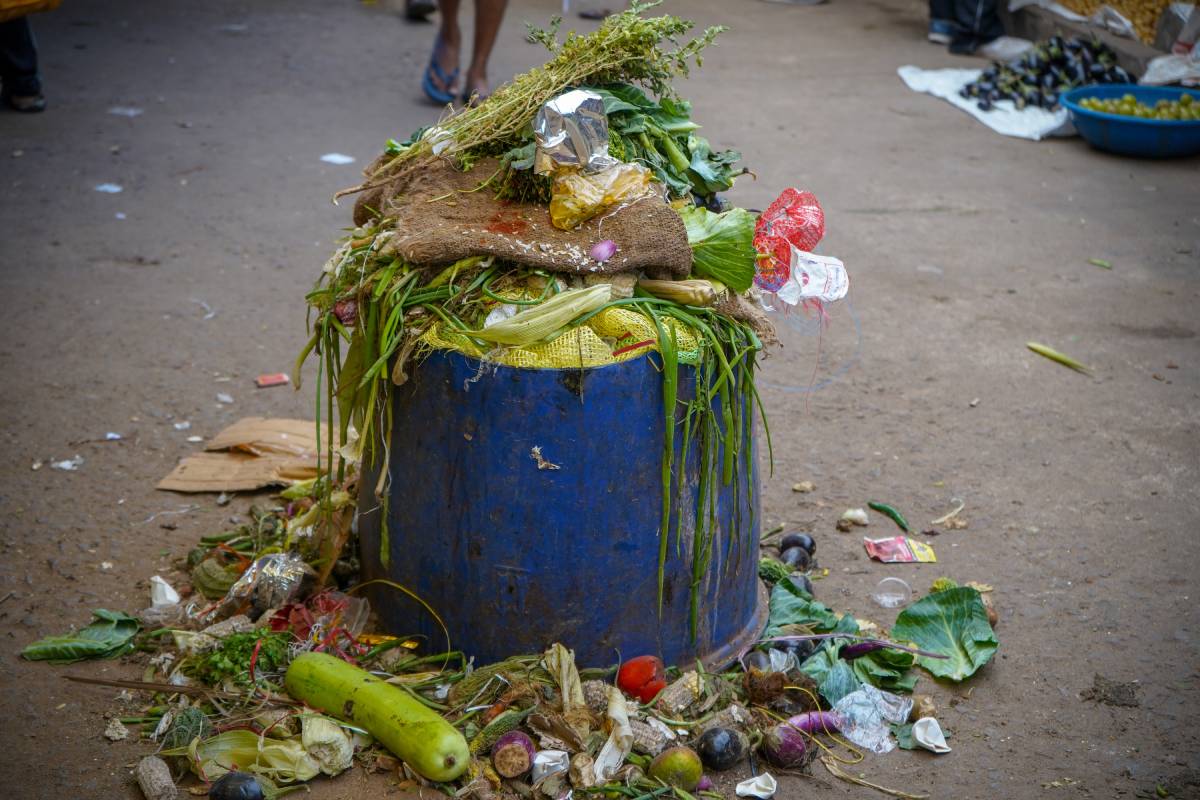
What Will Happen If Waste Is Not Separated?
Despite growing awareness, many communities still do not properly separate their waste. Unfortunately, this has serious consequences—environmentally, economically, and socially.
1. Low Recycling Rates and High Contamination
Recycling facilities often reject materials that are contaminated. For instance, a greasy pizza box in a recycling bin or a plastic bottle half-filled with milk can spoil entire batches of recyclables. When waste isn’t sorted properly at the source, contamination increases, reducing the effectiveness of recycling programs.
In some cases, entire truckloads of recyclable waste are sent to landfills simply because they are too contaminated to process.
2. Landfills Fill Up Quickly
When recyclable and compostable materials are not separated, they end up in landfills, contributing to their rapid growth. Landfill space is finite and costly to maintain. Overfilled landfills cause:
- Groundwater contamination from leachate
- Foul odours
- Air pollution from methane and other gases
- Decreased property values in surrounding areas
In some countries, a lack of landfill space forces governments to export waste—a costly and unsustainable practice.
3. Increased Greenhouse Gas Emissions
As mentioned earlier, organic waste in landfills releases methane—a significant contributor to climate change. Moreover, producing new products from virgin materials consumes more energy and emits more greenhouse gases than recycling. If materials like aluminium, plastic, or glass aren’t recycled, we burn more fossil fuels extracting and processing raw materials.
4. Toxicity in the Environment
Improperly handled hazardous waste can leach toxic substances into the soil and water, threatening ecosystems and human health. For example:
- Mercury from electronics can contaminate water bodies.
- Lead from batteries can poison the soil.
- Chemicals from paint or pesticides can harm wildlife.
Inadequate waste separation increases the likelihood that these materials will be mishandled.
5. Higher Public and Private Waste Management Costs
Processing mixed waste requires more sophisticated technology and labour to sort usable materials from trash. It also results in more waste being incinerated or landfilled—both of which are expensive and environmentally damaging. Municipalities must spend more on disposal and infrastructure, straining public budgets.
In the long term, society pays the price in the form of higher taxes, increased environmental remediation costs, and poorer public health outcomes.
6. Missed Economic Opportunities
Recyclables are valuable resources. For instance:
- Recycled aluminium saves 95% of the energy required to make new aluminium.
- Recycling paper uses 70% less energy and water than making it from wood pulp.
- Compost from food waste can support local agriculture and landscaping businesses.
By failing to separate waste at the source, we miss out on these potential economic benefits. Industries lose access to cheap, recycled raw materials. Local composting and recycling enterprises lose business.
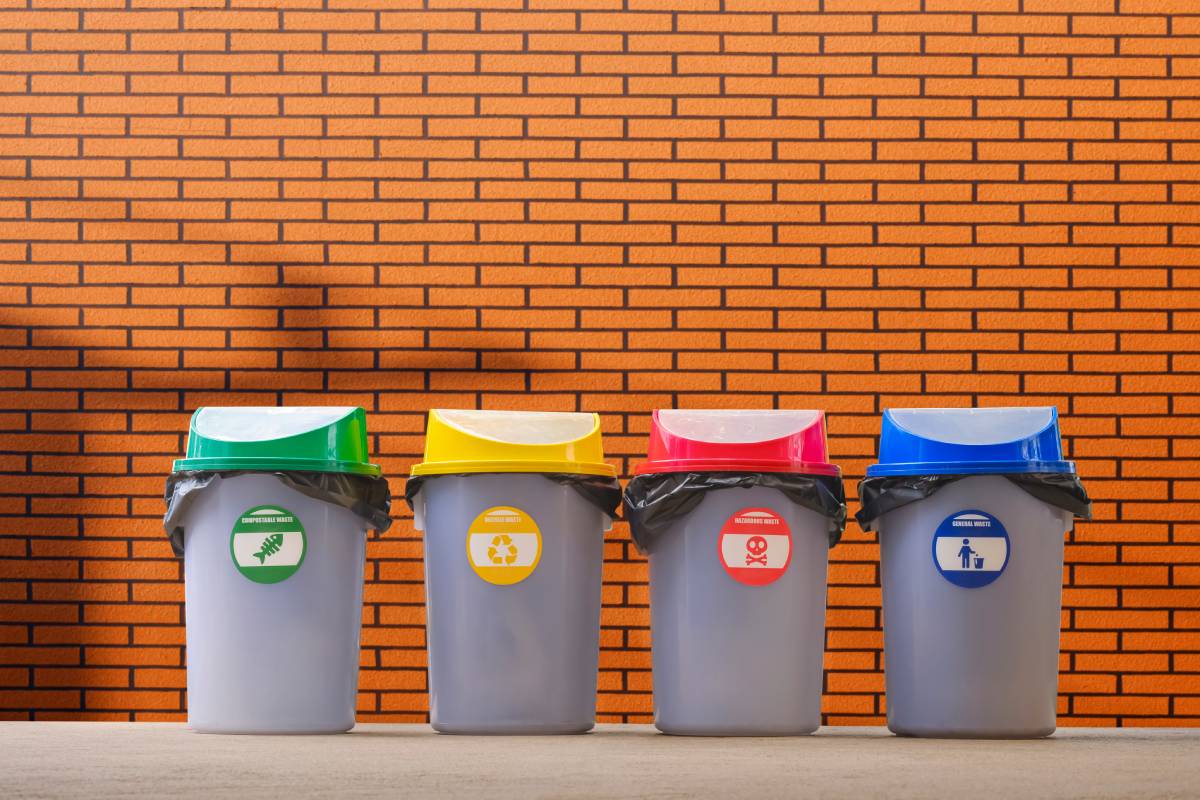
Practical Ways to Improve Waste Separation
- Label Bins Clearly – Use colour-coded bins with clear instructions to help everyone understand what goes where.
- Educate the Public – Schools, workplaces, and communities should offer training or awareness programs on waste sorting and environmental responsibility.
- Use Incentives and Penalties – Some cities offer rewards for proper sorting or charge fines for waste contamination.
- Support Legislation – Advocate for policies that promote mandatory waste separation, producer responsibility, and funding for recycling infrastructure.
- Compost at Home – Households can compost food scraps and garden waste to reduce landfill input and enrich their soil. Tools like the HASS Food Waste Composter, which features energy-saving technology and odour control, make it easy to turn kitchen scraps into nutrient-rich compost with minimal hassle.
Final Thoughts
Waste separation at the source isn’t just a technical detail—it’s a fundamental part of sustainable living. It empowers communities to reduce landfill dependence, protect the environment, support recycling economies, and improve public health. When we don’t separate waste, we’re not only throwing materials into the bin—we’re throwing away opportunities for a cleaner, more efficient, and more responsible future.
The good news? Each of us can play a part, starting in our own kitchens, offices, or schools. The small act of putting the right waste in the right bin has a ripple effect with global implications—contact us today to learn how you can implement effective waste separation solutions in your home or business.
